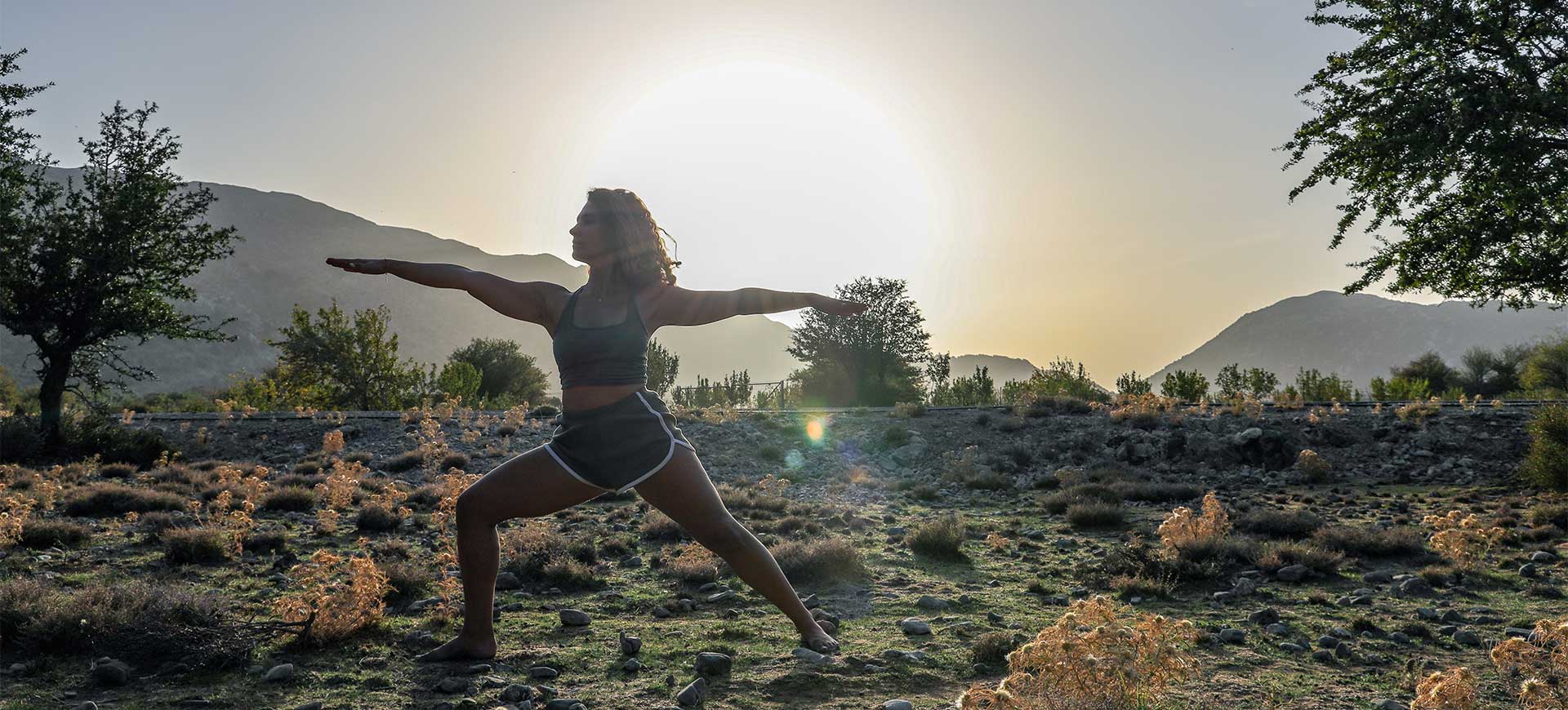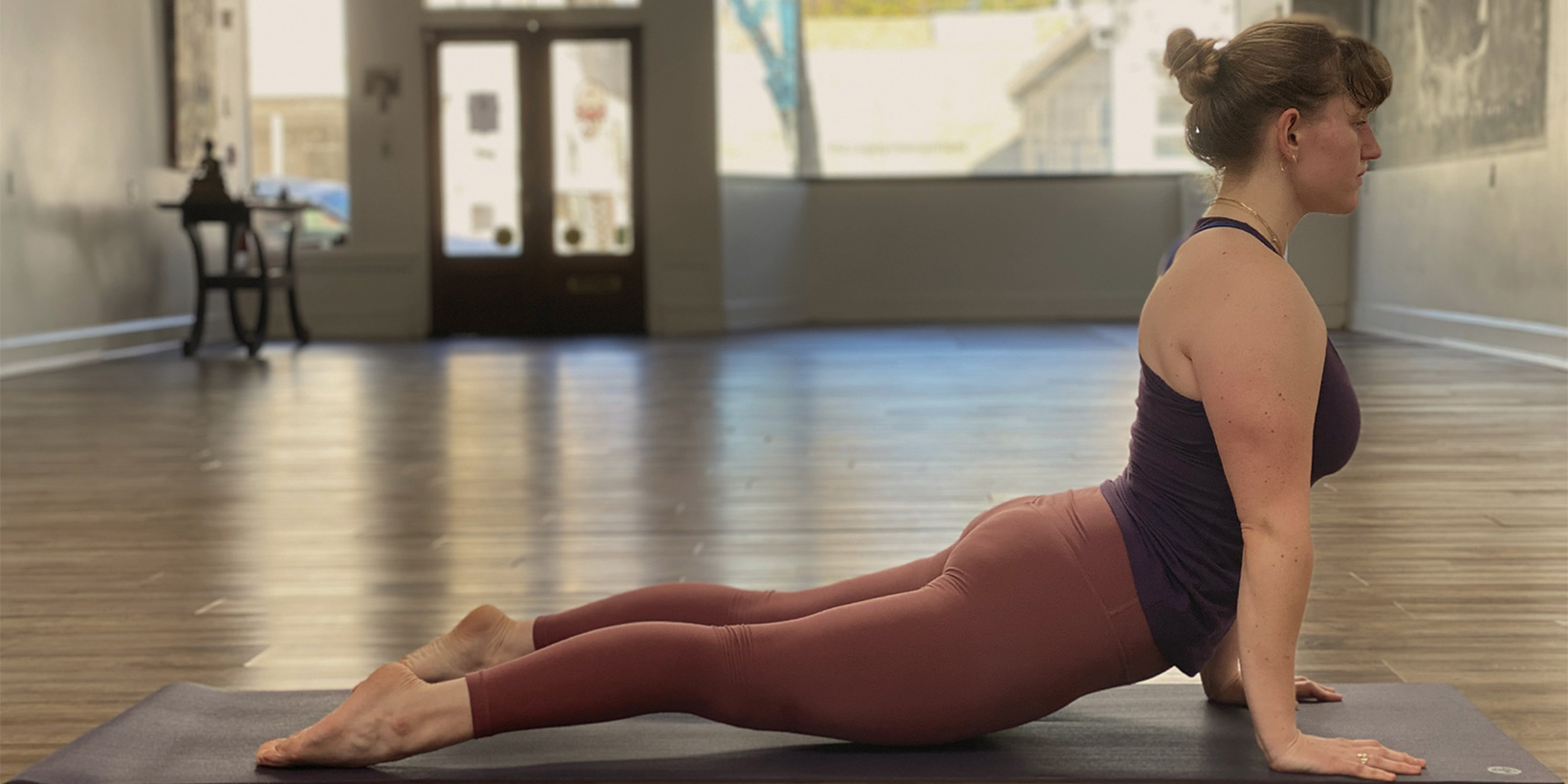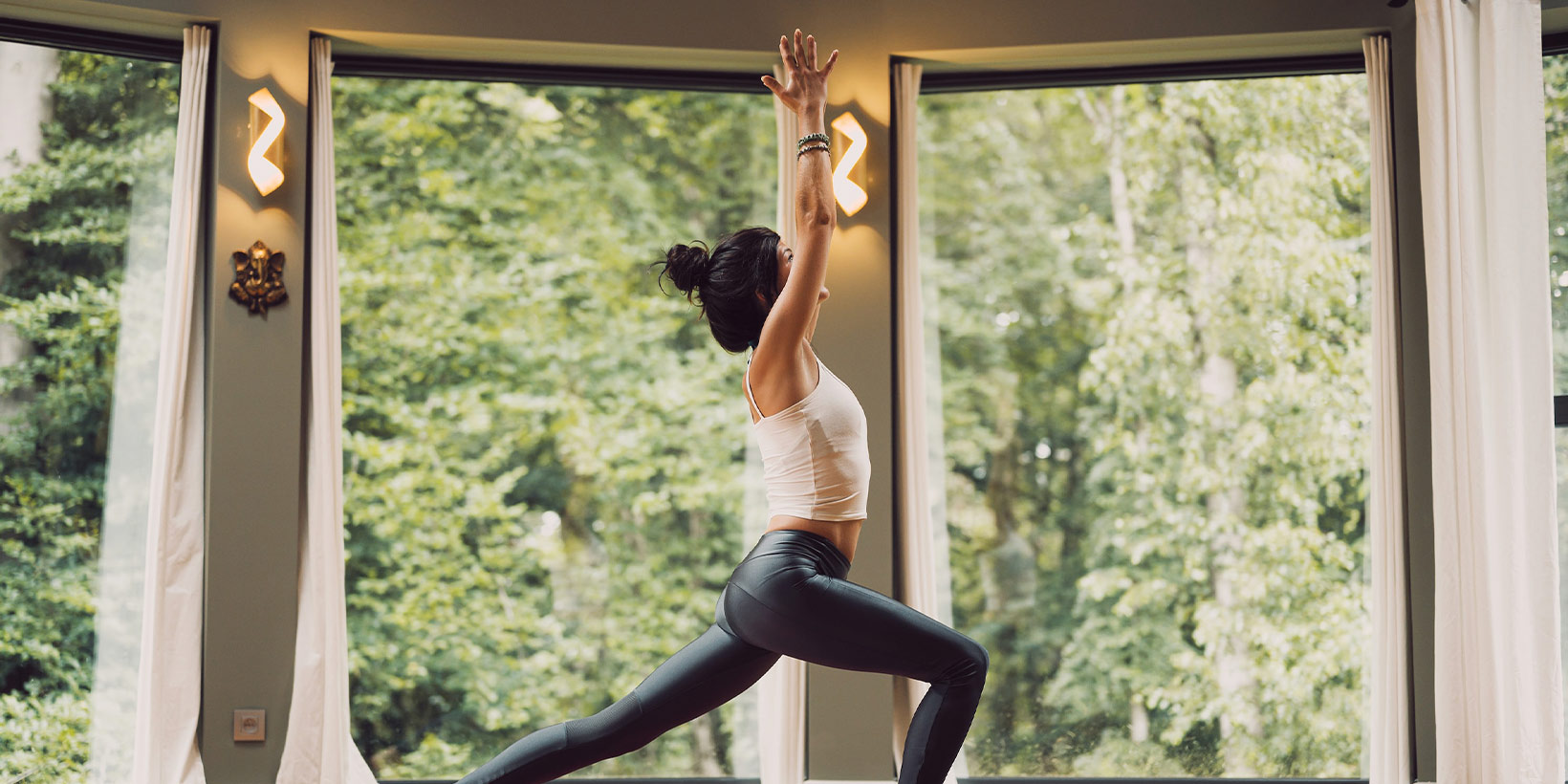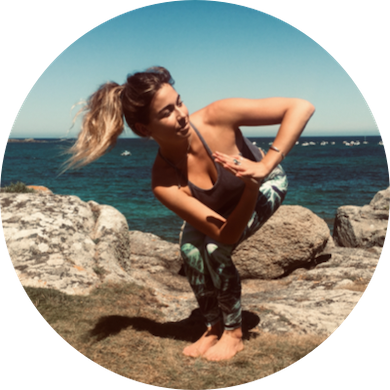
Teaching Yoga for Every Body: How Studying Anatomy Can Make Us Better Yoga Teachers
Looking around the room during a yoga class, you will of course notice that each person’s body is completely different. Beautifully, uncontrollably, vastly different. From genetic make-up to lifestyle factors, the reasons for this are infinite. And whilst we can see some of the results of this - for example, how large or small someone may be or their gender - much of what really makes a difference for our yoga practice is hidden. Whether bone structure or joint flexibility, each individual’s anatomy has an enormous impact on their practice.
But despite each of us having such wildly different body shapes, sizes, levels of flexibility, (the list could go on forever), yoga classes so often fail to take this into account. Studying anatomy - or we could call it learning about the hidden structures and workings of our physical bodies - allows us to better understand what’s happening behind the postures that we practice. And in doing so, it gently reminds us that there isn’t a one-size-fits-all approach to yoga.
So from ensuring that we teach and practice safely to showing us how to respect individuals’ differences, here’s how studying anatomy can allow your students to deepen their practice, and hopefully help you to be a better teacher.
Anatomy reminds us that what works for one person may not work for the next. Not because a student is less ‘advanced’ in their practice, but simply because their body may not be shaped to facilitate every pose.
To help to prevent, or recover from injuries and pain
Although yoga is about so much more than our physical bodies, for many of us, asana is where the practice begins. And as with any physical movement, there’s always a risk of injury. An understanding of the basic structure and healthy function of the body can help to ensure that our students practice in a way that is safe and appropriate for their age, body type, and level of experience - all part of our responsibilities as a teacher. This is even more important when we consider that the expression of many postures explores the line between getting comfortable with discomfort, and being in pain.
As well as preventing injury, studying the body can also allow us to help students recover from injuries and work through pain. Since some students start coming to yoga for those exact reasons - either looking for a more gentle approach to moving the body whilst recovering from an injury or because of a direct discomfort that they’d like to relieve - having a basic understanding of anatomy will allow you to better guide them into an appropriate practice. Of course, studying anatomy doesn’t come close to having a medical or physiotherapy degree. But, knowing at a basic level what’s happening to the various complex structures at work inside the body as we practice means you can offer tangible, safe advice rather than simply guessing (which could make the problem much worse).

Imagine, for example, that you have a student whose lower back is causing them pain. Whilst it may seem like the obvious solution to encourage forward folds that stretch and release pressure on the back, anatomy knowledge allows you to explore further. Perhaps their psoas (the largest muscles of the hip flexors) are actually contributing to the problem, too? These are the only muscles that connect the torso to the legs, attaching the lumbar spine to the top of the thigh bone. If they become too tight, effectively shortening, the lumbar spine can be pulled forwards which creates a deeper arch in the lower back. This over-arching can, in turn, can cause decompression of the disks in the lumbar spine and lead to back pain.
Having an understanding of the anatomy of the lower back would allow you to invite your student to practice poses that stretch the hip flexors, like anjaneyasana, rather than simply focus on what we may at first imagine to be the problem area. Whilst this is by no means a medical diagnosis that would be true for every student who struggles with lower back pain, the ability to recommend alternative postures that may provide relief can be priceless as a teacher.
To show that you see and respect your students as individuals
Historically, yoga was created by and practiced by men. So whilst following the alignment cues of what we believe to be a ‘classical tradition’ can work for your body if you fall into that category, for the majority of practitioners, those same rules may not apply. A 2016 study by Yoga Alliance found that 72% of yoga practitioners were female. Taking a look at who’s in your class, and adjusting your guidance accordingly could make the world of difference to your students. As well as gender, the shape, size, age of our bodies as well as the specific structure of our spine, other bones, and muscles make a huge difference to how we experience asana.
Whilst alignment cues for each posture exist for a reason, it’s worth taking a moment to break down why that may be.
One of the starkest and most simple illustrations of the differences that can affect how our bodies are able to make a ‘shape’ is to look at the pelvis, and how it differs between men and women. With function in mind, women have a much wider and shorter pelvis as well as a greater degree of pubic arch to allow for childbirth. (Pubic arch is the angle created by the meeting of the two pubic bones.) Men, on the other hand, have a much smaller degree of pubic arch, as well as a narrower and longer pelvis.
Now, consider the supposedly traditional or ‘correct’ foot alignment commonly used for virabhadrasana variations and trikonasana: heel to heel or heel to arch. Whilst this could make sense for anyone with a narrow pelvis - including most men - for those with a wider pelvis, and therefore thigh bones set further apart, lining up the feet so close together simply may not be the right approach. Not only does it become harder to balance - the feet are effectively on a tightrope - but a student’s bone structure may simply not be set up to facilitate this alignment. If this is the case, what often happens is that the student loses the ability to experience the pose fully, sacrificing the overall intention or having to make physical adjustments elsewhere in order to force the feet into an alignment that may not be right for them.
Learning about how our bodies are differently shaped, and apply this knowledge to adjust the practice of the students who come to our classes (not the students we imagine we have) will show that you truly see each of your students and respect them as individuals. Instead of blanketing the whole class with the same advice and alignment cues we’ve all heard a thousand times, anatomy reminds us that what works for one person may not work for the next. Not because a student is less ‘advanced’ in their practice, but simply because their body may not be shaped to facilitate every pose. Rather than believing that we should be able to force our bodies into one exact shape, being aware of our differences will allow you to invite each student to find their own expression of a pose.
It simply allows each practitioner to find their own expression of the asana and embody the intention in a way that’s appropriate for them.
And in the process, hopefully you’ll encourage them to celebrate their bodies rather than feeling inadequate if they can’t match up to a preconceived idea of how the posture ‘should’ look. Instead of becoming preoccupied with how their practice looks, focus on guidance that factors in individuality and encourages students to focus on how a posture makes them feel.
To reflect and encourage intention
To stick with the same example, how often have you heard (or maybe used yourself) “line up the heel of the front foot to the arch of the back foot and square the hips towards the front of the mat” in virabhadrasana I? Whilst alignment cues for each posture exist for a reason - how we align our bodies reflects the intention of the pose - it’s worth taking a moment to break down why that may be. Whilst we may be able to say easily from our own experiences of virabhadrasana I that it opens the hips, anatomy can help us dive deeper into understanding the pose.
Between each foot and the hips is a kinetic chain made up of joints. This means that the position of the feet and their movement has a direct effect on what’s happening above - in the hips, and even beyond in the spine. So, in order to rotate the hips towards the front of the mat, the feet also come into play. The more closely aligned the feet are - heel-to-heel or heel-to-arch - the more the hips will be required to stretch open in order to square towards the front. If the hips are too tight but the feet remain stubbornly close together, the body will naturally look for an opening elsewhere in the chain - most likely in the knees. Since there’s no such thing as a knee twist, this should be avoided!

Whilst it’s impossible for us to say with certainty why some yoga traditions follow such specific alignment cues, it’s clear from our understanding of anatomy that drawing the feet closer together does create a much deeper hip opener. However, for practitioners with tight hips, a wider pelvis, a larger body, or difficulties with balance, this heel-to-heel alignment simply may not work. Instead, we can invite those students to widen their feet which not only creates a more stable foundation that aids with balance but also allows the feet to take on some of the responsibility of opening. In other words, the more open the feet are, the less we ask the hips to open.
Does this wider stance take anything away from the overall intention of opening the hips? Of course not! It simply allows each practitioner to find their own expression of the asana and embody the intention in a way that’s appropriate for them. Knowing a little more about the body’s anatomy - in this case, the kinetic chain between the feet and hips - allows us to adjust a posture for students’ individual needs without losing the intention. Instead of becoming fixated on one alignment cue at the expense of experiencing the posture as a whole, understanding and accepting how the body functions can help enormously to embody the intention of a pose rather than squeezing ourselves into one specific shape.
Geeking out with anatomy textbooks might not be everyone’s idea of fun, but there’s no doubt that a little extra knowledge about the body’s structure and function can make us better teachers. From helping your students to find and celebrate their own, unique practice to perhaps being able to offer that one piece of advice that could transform a student’s experience of pain, there are certainly only positives to be gained from discovering anatomy.






